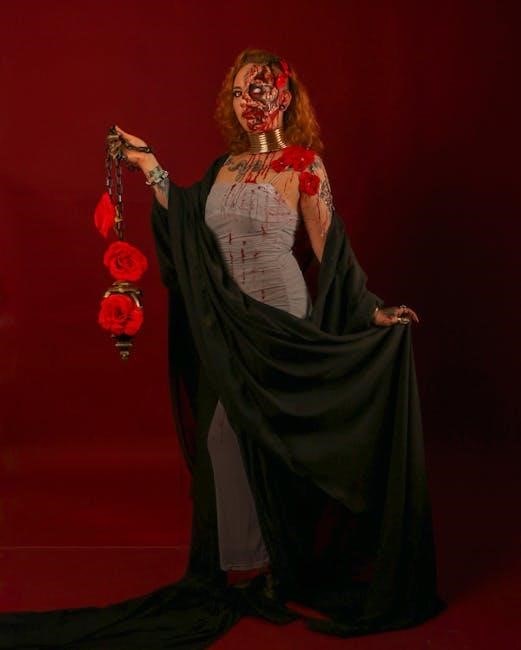Laura Mulvey’s 1975 essay revolutionized film theory by exploring how cinema structures visual pleasure, introducing the concept of the male gaze and its political implications through a psychoanalytic lens․
A․ A Political Use of Psychoanalysis
Laura Mulvey’s essay employs psychoanalysis as a political tool to uncover how cinematic structures reinforce patriarchal ideologies․ By analyzing the unconscious patterns in film, Mulvey reveals how visual pleasure is tied to power dynamics, particularly the male gaze․ This approach critiques the ways in which Hollywood cinema positions women as objects of desire, satisfying heterosexual male fantasies․ Mulvey argues that psychoanalysis helps expose the deeper societal structures that shape film narratives, emphasizing the need to challenge these dominant representations․ Her work bridges film theory and political critique, offering a framework to understand and dismantle the gendered power relations embedded in visual media․
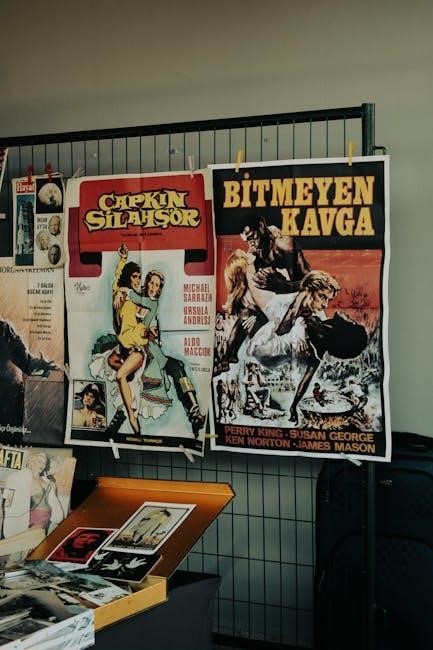
The Concept of Scopophilia
Scopophilia refers to the pleasure derived from looking, a concept central to cinema․ It explores how visual fascination drives narrative engagement and voyeuristic tendencies in audiences․
A․ Pleasure in Looking
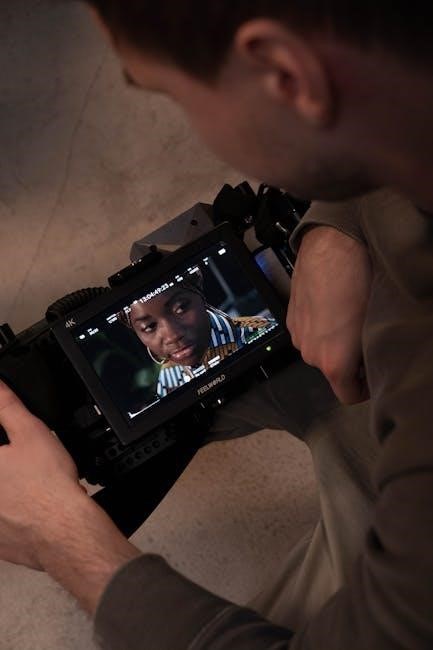
Laura Mulvey’s theory emphasizes that scopophilia, or pleasure in looking, is a fundamental aspect of cinematic experience․ This concept suggests that viewers derive enjoyment from the act of gazing at images on the screen, particularly the human form․ In traditional Hollywood cinema, this pleasure is often structured around the objectification of women, who are framed as visually appealing subjects for the male spectator․ Mulvey argues that this dynamic reinforces patriarchal norms, positioning women as passive objects of desire rather than active participants in the narrative․ The pleasure in looking, therefore, is deeply intertwined with power dynamics, highlighting how visual aesthetics serve to satisfy unconscious desires rooted in societal structures․
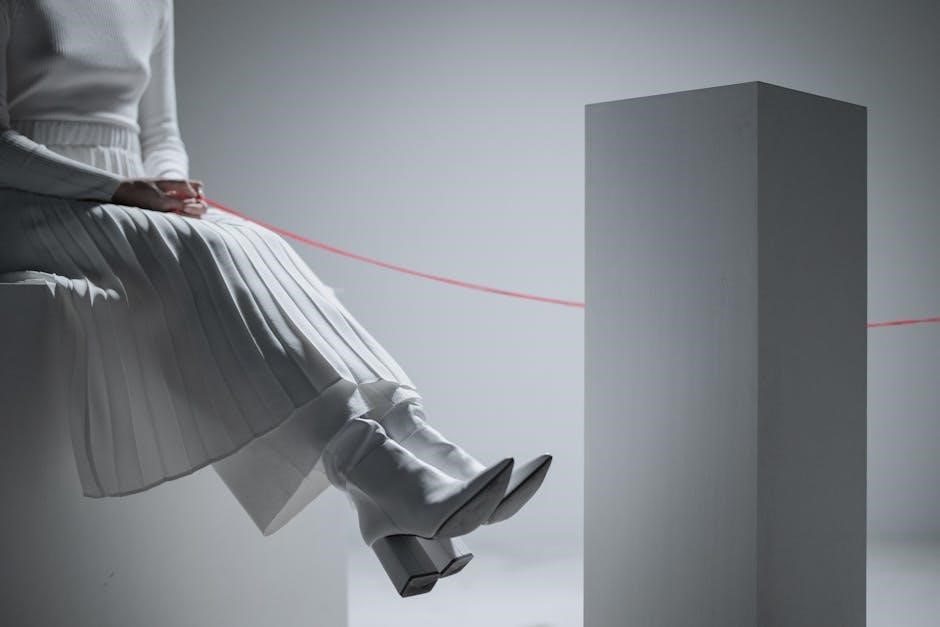
B․ Fascination with the Human Form
Laura Mulvey’s analysis highlights the central role of the human form in cinematic fascination, particularly through the concept of scopophilia․ The human body, often fetishized, becomes a source of visual pleasure, with women frequently positioned as objects of desire․ This fascination is deeply tied to psychoanalytic notions of voyeurism and fetishism, where the viewer derives pleasure from looking at the other․ In Hollywood cinema, the female form is often framed to satisfy the male gaze, reinforcing gendered power dynamics․ Mulvey argues that this visual strategy not only reflects societal norms but also actively constructs them, embedding patriarchal ideologies into the fabric of cinematic storytelling․ The human form, thus, becomes a tool for both narrative engagement and ideological reinforcement․
The Male Gaze
Laura Mulvey’s concept of the male gaze explores how cinema positions women as objects of heterosexual male desire, reinforcing patriarchal power structures through visual representation․
A․ Definition and Function
Mulvey defines the male gaze as a dominant perspective in cinema where women are framed as objects of heterosexual male desire, serving to satisfy voyeuristic and fetishistic tendencies․ This gaze is not merely a passive act but an active mechanism that constructs and reinforces gendered power dynamics․ It operates by positioning the male spectator as the active bearer of the look, while women are rendered passive, their bodies displayed for visual consumption․ The function of the male gaze is twofold: it creates pleasure for the male viewer through scopophilia and simultaneously perpetuates patriarchal ideologies by objectifying women․ This concept underscores how cinematic techniques, such as camera angles and editing, are employed to privilege the male viewpoint, embedding societal gender roles deeply within the narrative structure of films․
B․ The Role of Women in Hollywood Cinema
In Hollywood cinema, women are often relegated to roles that serve the male narrative, functioning as objects of desire rather than active agents․ They are framed to embody “to-be-looked-at-ness,” their appearances coded for visual impact, which aligns with the male gaze․ This reduces their presence to a spectacle, reinforcing their passivity․ Such portrayals perpetuate patriarchal structures by denying women agency and depth․ The narrative frequently revolves around male protagonists, with women existing to facilitate their journeys or satisfy their desires․ This dynamic underscores how Hollywood cinema traditionally marginalizes women, limiting their roles and reinforcing gender hierarchies․ Mulvey’s analysis highlights how this systemic objectification is integral to the cinematic apparatus, shaping both visual pleasure and narrative structure to cater to a male-dominated audience․
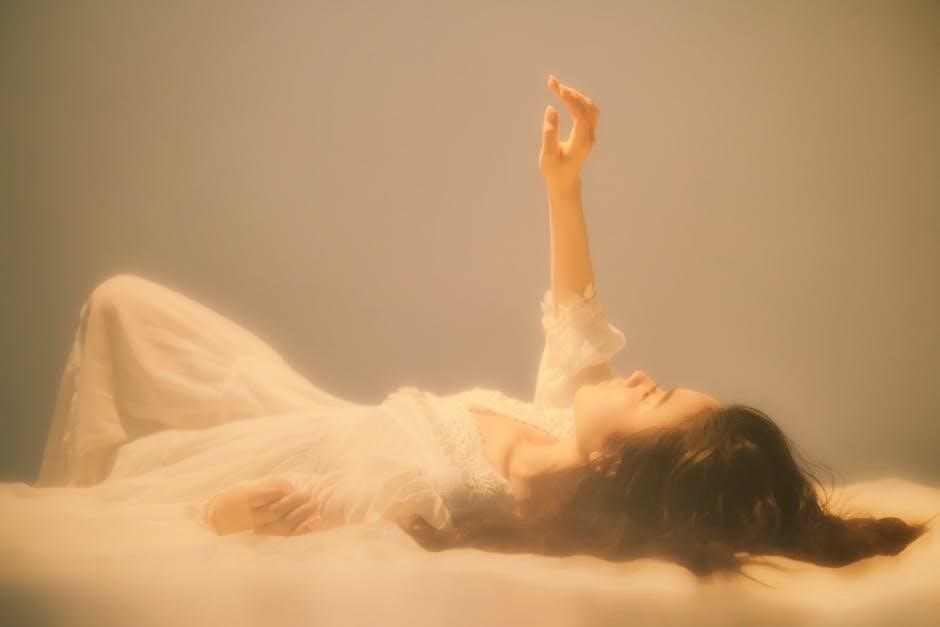
Feminist Interventions and Critiques
Feminist scholars challenged patriarchal norms, offering alternative perspectives on visual pleasure and narrative cinema, inspiring new theories and practices that address gender representation and spectatorship․
A․ Challenges to Patriarchal Structures
Laura Mulvey’s theory of the male gaze sparked feminist critiques that challenged the patriarchal underpinnings of traditional cinema․ By exposing how films position women as objects of male desire, Mulvey’s work inspired scholars to question the power dynamics embedded in visual narratives․ Feminist interventions argued that such structures perpetuate gender inequality by reinforcing women’s roles as passive subjects for male pleasure․ Critics like bell hooks expanded on Mulvey’s ideas, introducing concepts like the “oppositional gaze,” which empowered marginalized spectators to resist dominant visual regimes․ These challenges not only reshaped film theory but also encouraged filmmakers to create alternative narratives that subvert patriarchal norms, fostering more inclusive representations of gender and sexuality․ This shift has had a lasting impact on both academic discourse and cinematic practice․
B․ Responses and Interpretations
Laura Mulvey’s theory of the male gaze has sparked diverse responses and interpretations within feminist film theory․ Scholars like bell hooks and Joan Copjec have expanded on her ideas, introducing concepts such as the “oppositional gaze” and critiquing the universality of the male gaze․ These responses highlight the complexity of spectatorship and challenge the monolithic view of visual pleasure․ Feminist filmmakers have also responded by creating works that subvert traditional gaze dynamics, offering alternative narratives that empower female subjects․ Additionally, Mulvey’s work has influenced broader cultural critiques, encouraging audiences to critically engage with media representations․ These interpretations and responses have enriched the discourse, demonstrating the enduring relevance of Mulvey’s theory in understanding gendered visual dynamics․

Legacy and Contemporary Relevance
Laura Mulvey’s essay remains a cornerstone of film theory, influencing contemporary cinema by inspiring feminist critiques and new filmmaking practices that challenge traditional visual dynamics․
A․ Impact on Film Theory
Laura Mulvey’s “Visual Pleasure and Narrative Cinema” profoundly influenced film theory by introducing the concept of the male gaze, reshaping how gender and spectatorship are analyzed․ Her psychoanalytic approach revealed how Hollywood cinema objectifies women, positioning them as objects of male desire․ This theory challenged traditional film narratives and inspired feminist critiques, encouraging scholars to examine power dynamics in visual media․ Mulvey’s work remains foundational, offering a critical framework for understanding cinematic structures and their ideological underpinnings․ Her ideas continue to be widely referenced, ensuring her lasting impact on contemporary film studies and feminist theory․
B․ Applications in Modern Cinema
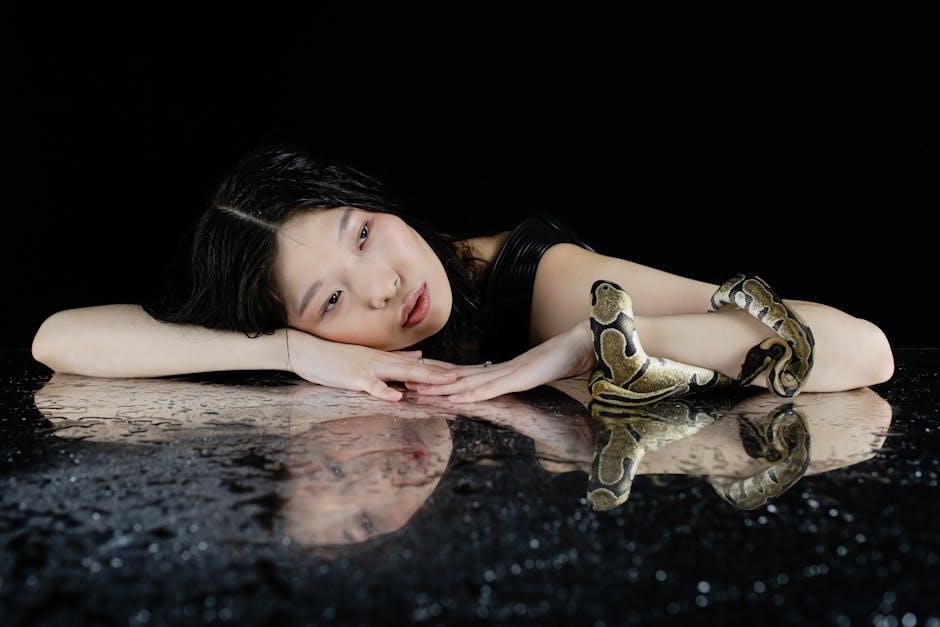
Laura Mulvey’s theories continue to influence modern cinema, inspiring filmmakers to challenge traditional representations of gender․ Contemporary films often subvert the male gaze by empowering female characters and exploring diverse narratives․ The rise of female-led stories and directors has shifted perspectives, fostering a more inclusive cinematic landscape․ Mulvey’s ideas encourage filmmakers to question power dynamics, leading to innovative storytelling that reflects evolving societal values․ Her work remains a cornerstone for analyzing and creating films that break free from patriarchal norms, ensuring its relevance in today’s industry․
